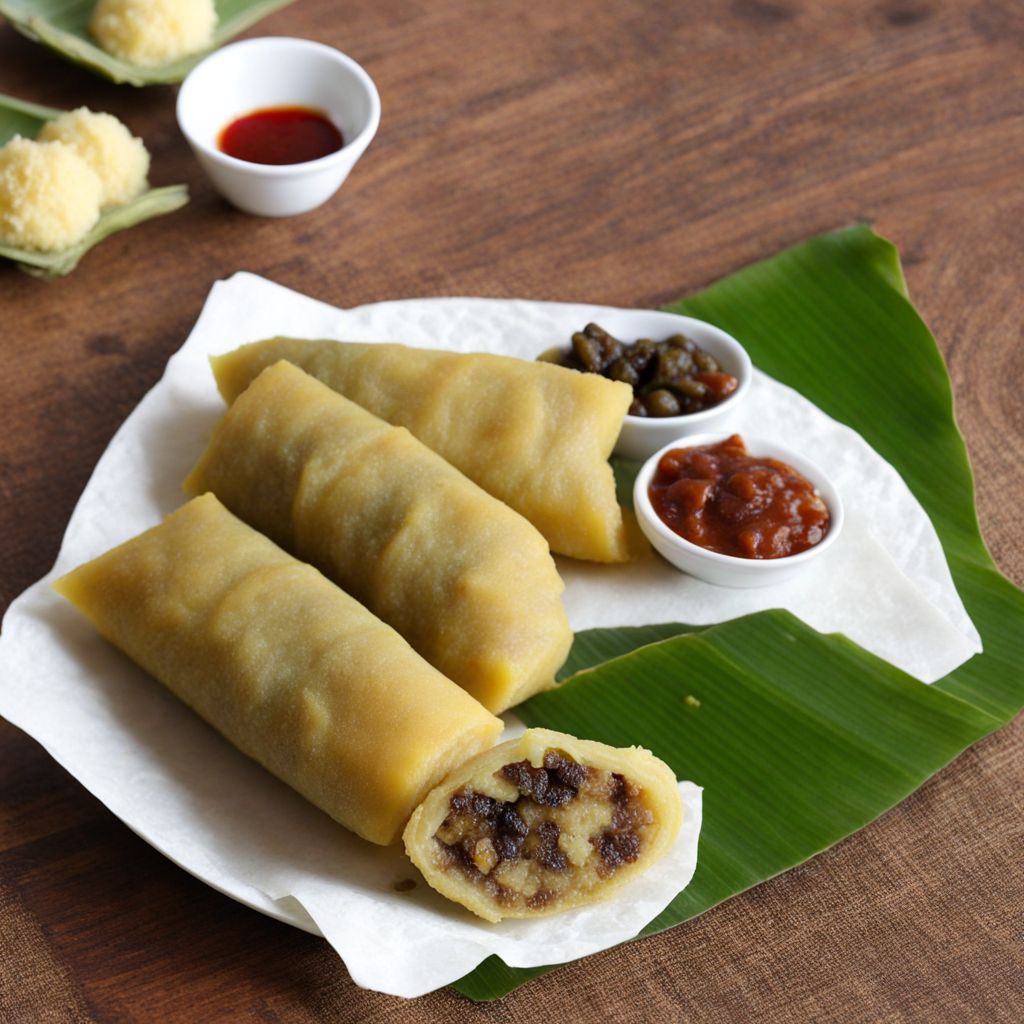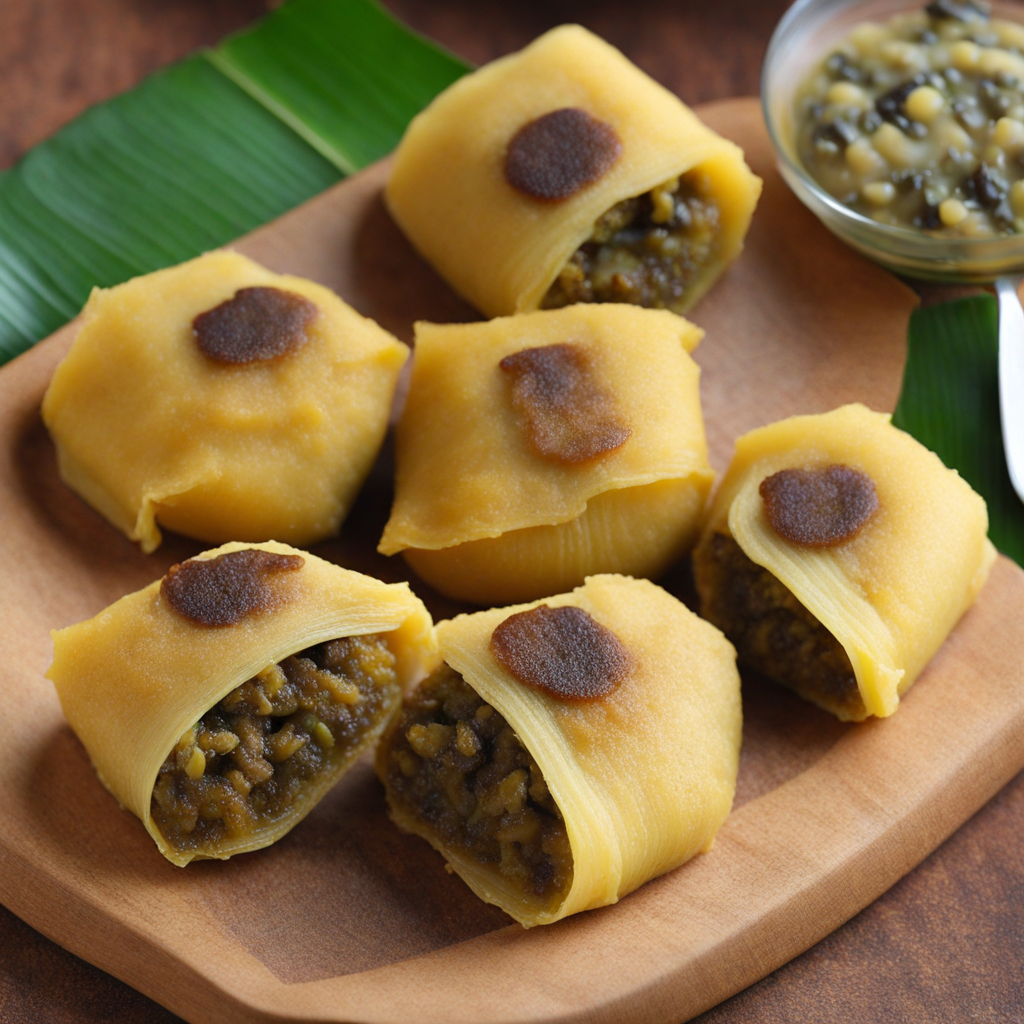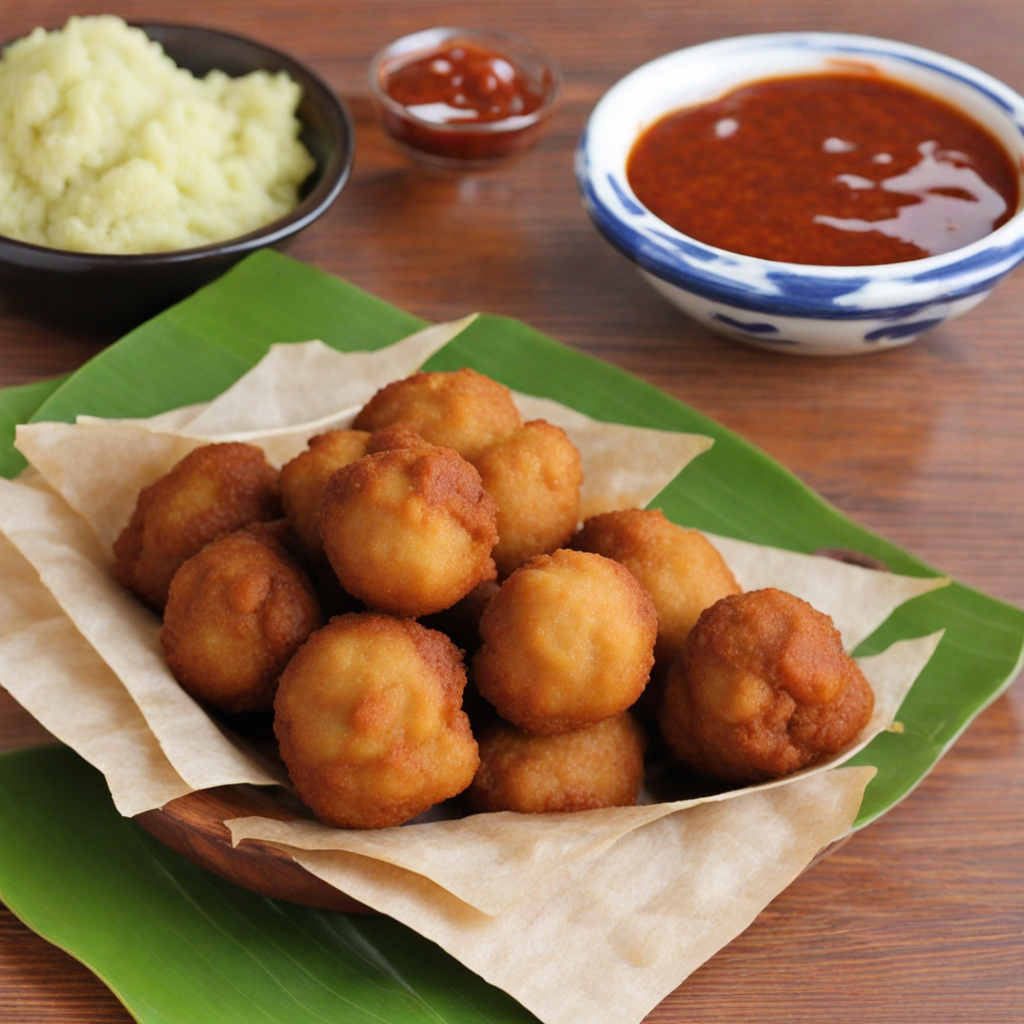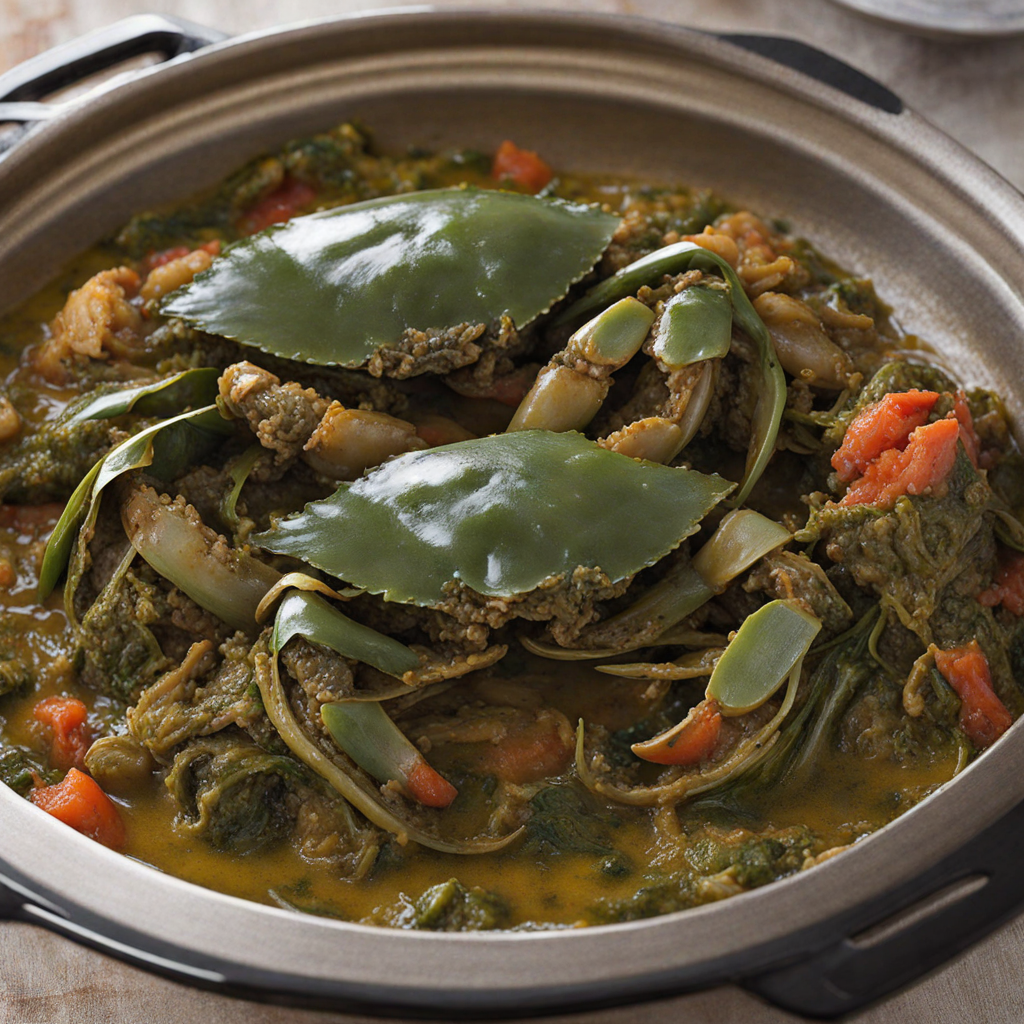Pastelles
Pastelles are a delightful traditional dish from Trinidad and Tobago, often enjoyed during festive occasions, particularly around Christmas time. These savory treats consist of a flavorful cornmeal dough that is filled with a rich mixture of seasoned meats, such as beef, chicken, or fish, along with a medley of vegetables and spices. The vibrant colors and enticing aroma of the filling, which may include ingredients like olives, capers, and hot peppers, make pastelles a visually appealing and appetizing choice for anyone looking to explore new culinary horizons. The preparation of pastelles is a labor of love, as the cornmeal dough is carefully crafted and then wrapped around the savory filling, often using banana leaves to impart a subtle earthiness to the final dish. Once wrapped, the pastelles are steamed to perfection, which not only cooks the dough but also melds the flavors of the filling beautifully. The resulting texture is a delightful combination of soft and slightly chewy, making each bite a comforting experience that is truly satisfying. As you take your first bite of pastelles, you'll be greeted with a burst of flavors that are both complex and harmonious. The combination of spices and the freshness of the ingredients create a unique taste profile that is distinctly Caribbean. Pastelles are often served with a side of homemade hot sauce or a tangy condiment, enhancing the experience and inviting you to savor every mouthful. Whether enjoyed at a festive gathering or as a comforting home-cooked meal, pastelles offer a delicious glimpse into the rich culinary traditions of Trinidad and Tobago.
How It Became This Dish
The History of Pastelles in Trinidad and Tobago Pastelles, a beloved dish in Trinidad and Tobago, are often seen as a hallmark of the festive season, particularly around Christmas time. These delightful treats, encased in cornmeal dough and filled with a savory mixture of meat, vegetables, and spices, are emblematic of the rich cultural tapestry that defines Trinidad and Tobago. Their history is a fascinating blend of indigenous, African, Spanish, and East Indian influences, making pastelles not just a culinary delight, but also a symbol of the country's diverse heritage. Origins The roots of pastelles can be traced back to the indigenous peoples of Trinidad and Tobago, particularly the Arawaks and Caribs, who utilized corn as a staple in their diet. These early inhabitants would create a variety of dishes based on cornmeal, forming the foundation for what would evolve into pastelles. The use of cornmeal reflects the agricultural practices of the indigenous peoples, who cultivated maize and prepared it in various forms. With the arrival of European colonizers in the late 15th century, particularly the Spanish, the culinary landscape began to shift. The Spanish introduced new ingredients and cooking techniques, which were gradually absorbed into the local cuisine. The influence of Spanish settlers can be seen in the preparation of pastelles, particularly in the way they are wrapped and cooked. The technique of steaming food in banana leaves, which is often employed in the making of pastelles, is a practice that many historians attribute to the Spanish influence. The African diaspora also played a pivotal role in the development of pastelles. Enslaved Africans brought to the Caribbean contributed their culinary traditions, which included the use of spices and bold flavors. The blending of African and indigenous cooking methods resulted in a more complex flavor profile for pastelles. Ingredients such as peppers, garlic, and other spices became essential in the fillings, reflecting the African penchant for seasoning and flavor. Cultural Significance In Trinidad and Tobago, pastelles are more than just food; they are steeped in cultural significance. Traditionally prepared during the Christmas season, these treats are often made in large batches by families, creating an atmosphere of camaraderie and community. The act of making pastelles is a social event, where family members gather to prepare the ingredients, assemble the pastelles, and share stories and laughter. This communal aspect highlights the importance of family and tradition in Caribbean culture. Pastelles are typically filled with a mixture of meats, such as chicken, beef, or pork, combined with olives, capers, and various spices. Vegetarian versions also exist, featuring ingredients like mushrooms and lentils. The versatility of pastelles allows for personal and regional variations, with families often passing down their unique recipes through generations. This adaptability is a testament to their enduring popularity and significance in Trinidadian culture. The symbolism of pastelles extends beyond their delicious taste. They represent the blending of cultures and the resilience of the people of Trinidad and Tobago. The dish embodies the history of colonization, slavery, and migration, encapsulating the struggles and triumphs of a diverse population. During the Christmas season, pastelles take on an even more profound significance as they are often shared with friends and neighbors, fostering a sense of community and goodwill. Development Over Time As Trinidad and Tobago evolved, so too did the preparation and presentation of pastelles. Initially, pastelles were made primarily in rural areas, where families would grow their own ingredients. However, as urbanization increased in the 20th century, the production of pastelles became more commercialized. Street vendors and local markets began to sell pastelles year-round, making them more accessible to a wider audience. This commercialization allowed for the further popularization of pastelles, solidifying their place in Trinidadian cuisine. In recent years, the rise of culinary tourism has also played a role in the evolution of pastelles. Chefs and food enthusiasts have begun to explore traditional recipes, experimenting with modern techniques and presentations. Gourmet pastelles have emerged, featuring fusion flavors and upscale ingredients, appealing to a new generation of diners. This blending of traditional and contemporary styles showcases the versatility of pastelles and their ability to transcend cultural boundaries. Moreover, the global diaspora of Trinidadians has contributed to the spread of pastelles beyond the Caribbean. As Trinidadian communities established themselves in countries such as the United States, Canada, and the United Kingdom, they took their culinary traditions with them. Pastelles have become a staple at holiday gatherings and cultural celebrations, allowing Trinidadians abroad to maintain a connection to their heritage. Contemporary Significance Today, pastelles are often featured in cultural festivals, food fairs, and culinary competitions, where chefs showcase their creativity and skill in preparing this traditional dish. The annual “Pastelle Festival” in Trinidad celebrates this beloved food, bringing together local chefs, home cooks, and food lovers to appreciate the artistry and diversity of pastelles. Social media has also played a significant role in revitalizing interest in pastelles. Food bloggers and influencers share recipes, cooking tips, and personal stories, creating a vibrant online community centered around this cherished dish. This digital platform allows for the exchange of ideas and fosters a sense of pride in Trinidadian culinary traditions. In conclusion, pastelles are much more than a delicious food item; they are a living testament to the history, culture, and resilience of the people of Trinidad and Tobago. Their evolution from indigenous staple to a festive delicacy reflects the rich tapestry of influences that have shaped Caribbean cuisine over centuries. As pastelles continue to be enjoyed and adapted by new generations, they remain a cherished symbol of community, tradition, and cultural heritage, embodying the spirit of Trinidad and Tobago in every flavorful bite.
You may like
Discover local flavors from Trinidad And Tobago







